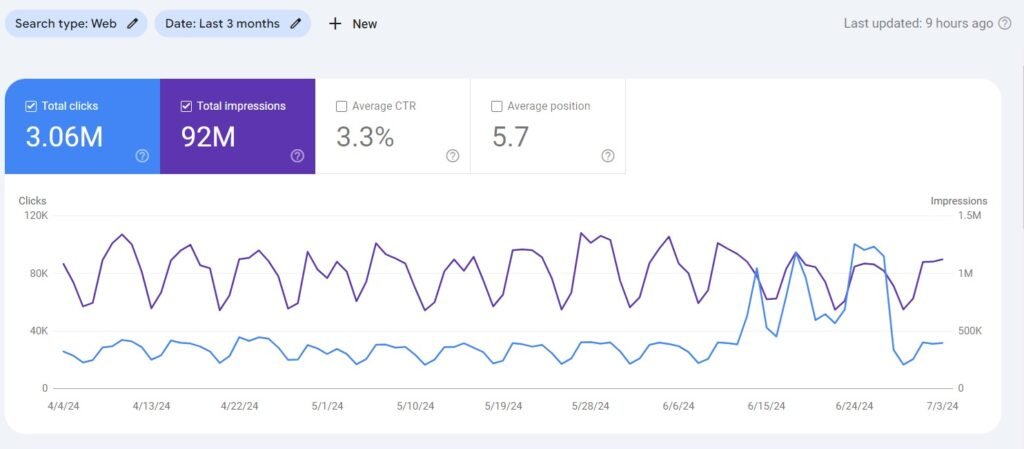How to Audit and Optimize a Blog Post (Effective SEO)

Angel Diaz
In this post, you’ll learn the best way to assess and improve a blog. 8-minute read.

Conducting regular blog post audits is essential to maintain the relevance and effectiveness of your content. SEO audits help identify outdated information, improve readability, and ensure that your posts meet current SEO standards.
By auditing your blog posts, you can enhance user engagement and improve search engine rankings, ensuring your content reaches and resonates with your target audience.
Overview of SEO Optimization
SEO optimization is the process of improving various elements of a blog post to increase its visibility in search engine results.
This includes on-page SEO practices like keyword optimization and meta descriptions, technical aspects such as page load speed and mobile friendliness, and enhancing the overall content quality.
Effective SEO optimization ensures that your blog posts are easily discoverable, valuable, and user-friendly.
What is a Blog Post Audit?
A blog post audit is a thorough review of your existing content to evaluate its performance and effectiveness. This involves analyzing the content quality, SEO elements, and technical aspects of each post.
The goal is to identify strengths, weaknesses, and opportunities for improvement, ensuring that your blog posts continue to attract and engage readers while performing well in search engine rankings.
Benefits of Auditing Your Blog Posts
Blog post audits offer several benefits:
- Improved content quality by identifying and updating outdated information
- Enhanced SEO performance through better keyword optimization and meta descriptions
- Increased reader engagement by improving readability and relevance
- Identification of technical issues that could affect user experience and search rankings
- Better alignment with current SEO best practices and trends
Tools for Conducting a Blog Post Audit
Several tools can assist you in conducting a comprehensive blog post audit:
- Google Analytics: Provides insights into traffic, user behavior, and performance metrics
- Google Search Console: Helps identify technical issues and monitor search performance
- SEO tools (e.g., Ahrefs, SEMrush, Moz): Offer keyword analysis, backlink tracking, and site audits
- Content optimization tools (e.g., Yoast SEO, Hemingway): Improve readability and keyword usage
Steps to Conduct a Blog Post Audit
Let’s take a look at the steps to conduct an effective blog post audit:
Step 1: Analyzing Content Quality

Checking for Relevance and Value
Begin by reviewing each blog post to ensure it addresses current topics and provides valuable information to your audience.
Remove any outdated or irrelevant content and update it with fresh, accurate information. Ensure that the post answers common questions and provides actionable insights.
Assessing Readability and Engagement
Evaluate the readability of your content using tools like Hemingway or Readable. Aim for a clear, concise writing style that is easy to understand.
Check for engaging elements such as compelling introductions, subheadings, bullet points, and visuals that break up the text and keep readers interested.
Step 2: Reviewing SEO Elements
Title Tags and Meta Descriptions
Optimize title tags and meta descriptions to include primary keywords and accurately reflect the content of the post.
These elements should be compelling to encourage clicks from search engine results pages. Ensure that they are within the recommended length limits to avoid truncation.
Headers and Subheaders
Use headers and subheaders effectively to structure your content. They should include relevant keywords and provide a clear outline of the post’s main points.
This not only helps with SEO but also makes the content more accessible and scannable for readers.
Keyword Usage and Density
Review the usage of primary and secondary keywords throughout your post. Keywords should be naturally integrated into the content without overstuffing.
Aim for a balanced keyword density that enhances the content’s relevance without compromising readability.
Step 3: Examining Technical Aspects
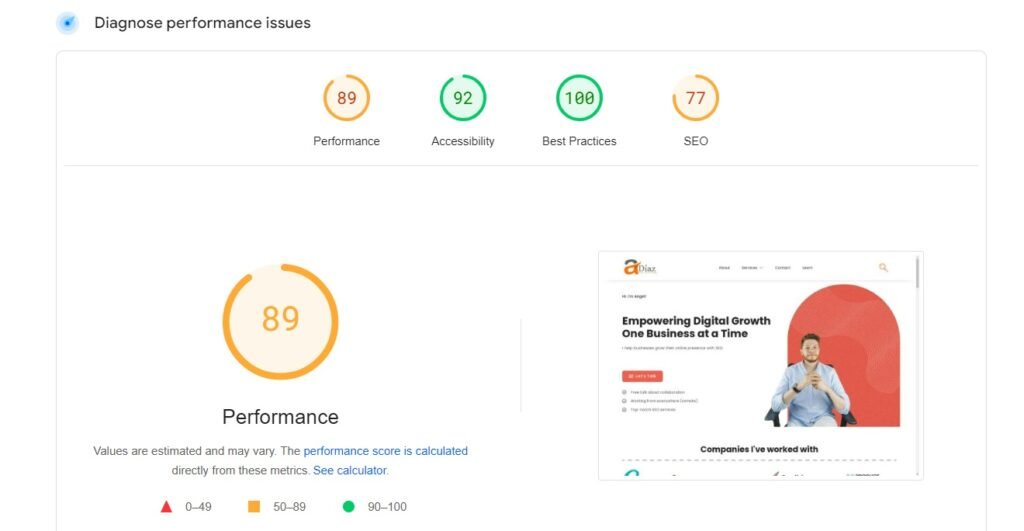
Page Load Speed
Assess the page load speed of your blog posts using tools like Google PageSpeed Insights or GTmetrix. Optimize images, minimize CSS and JavaScript files, and leverage browser caching to improve load times.
Fast-loading pages enhance user experience and can improve search engine rankings.
Mobile Friendliness
Ensure your blog posts are mobile-friendly by testing their performance on various devices and screen sizes.
Use responsive design techniques to ensure the content adjusts seamlessly to different screen dimensions, providing a consistent and enjoyable experience for mobile users.
URL Structure and Internal Linking
Review the URL structure of your blog posts to ensure they are clear, concise, and include relevant keywords.
Internal linking is crucial for guiding readers to related content and improving the overall site navigation. Check that internal links are functioning correctly and enhance the user experience.
Optimizing Your Blog Post
Let’s take a look at the steps to proceed with the optimizations of your blog posts:
1. On-Page SEO Optimization
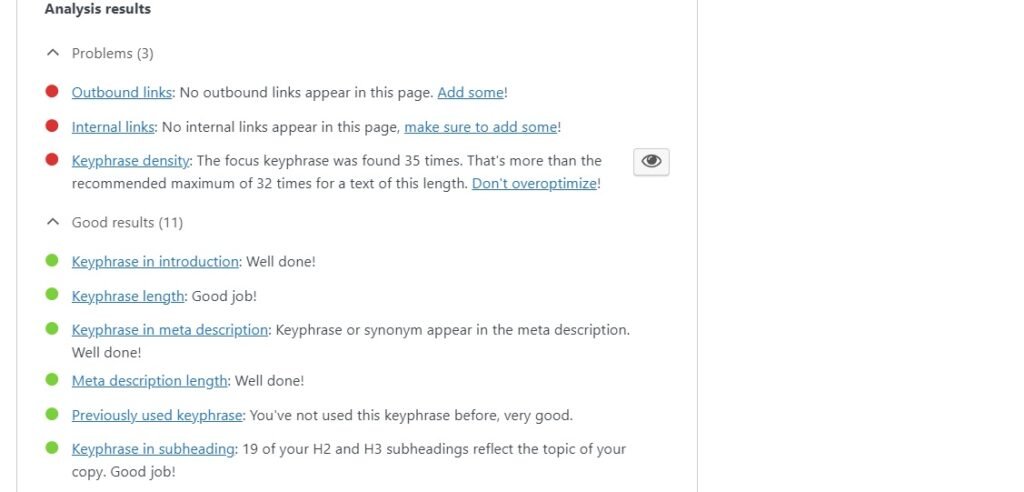
Optimizing Title Tags and Meta Descriptions
Create compelling and keyword-rich title tags and meta descriptions for each blog post.
These elements should accurately reflect the content and entice users to click through from search engine results. Regularly update them to align with changes in the content or target keywords.
Using Headers and Subheaders Effectively
Headers and subheaders should be used strategically to break down the content into digestible sections.
They should include relevant keywords and help guide the reader through the post. This improves both readability and SEO performance.
Enhancing Content with Keywords
Integrate keywords naturally within the content. Focus on primary keywords, but also include related terms and variations to cover a broad range of search queries.
This approach ensures the content is comprehensive and relevant to a wider audience.
2. Improving Content Quality
Writing Compelling Introductions and Conclusions
Craft introductions that grab the reader’s attention and clearly state the purpose of the post. Conclusions should summarize key points and provide a clear call to action or next steps.
Both sections are crucial for engaging readers and encouraging them to spend more time on your site.
Using Media and Visuals
Incorporate relevant images, videos, infographics, and other media to enhance the content. Visuals break up text and make the post more engaging.
Ensure all media are optimized for fast loading and include descriptive alt text for accessibility and SEO.
Structuring Content for Readability
Use short paragraphs, bullet points, and numbered lists to improve the readability of your content.
This structure makes it easier for readers to scan the post and find the information they need quickly. Clear and concise writing helps retain reader interest and improves engagement.
3. Technical SEO Enhancements

Improving Page Load Speed
Optimize images, reduce server response times, and enable compression to improve page load speed.
A fast-loading site enhances user experience and can positively impact search engine rankings. Regularly monitor and optimize your site’s performance.
Ensuring Mobile Optimization
Ensure that your blog posts are fully optimized for mobile devices. This includes using responsive design, optimizing images for mobile, and ensuring that all interactive elements are accessible on touchscreens.
A mobile-friendly site is crucial for reaching a wider audience and improving SEO.
Fixing Broken Links and Improving Navigation
Regularly check for and fix broken links within your content. Broken links can negatively impact user experience and SEO.
Improve navigation by ensuring that internal links connect relevant content, guiding readers smoothly through your site.
Utilizing SEO Tools for Optimization
We tend to use several tools when it comes to optimizing content the most efficient way possible. You can use the following tools in your content strategy:
Google Analytics and Search Console
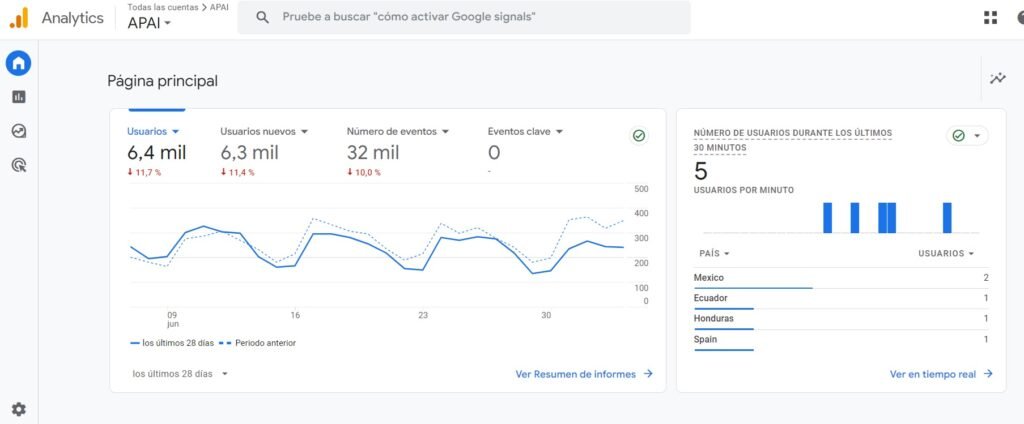
Leverage Google Analytics and Google Search Console to monitor your blog post performance.
These tools provide insights into traffic sources, user behavior, and technical issues. Use the data to identify areas for improvement and track the success of your optimization efforts.
Keyword Research Tools
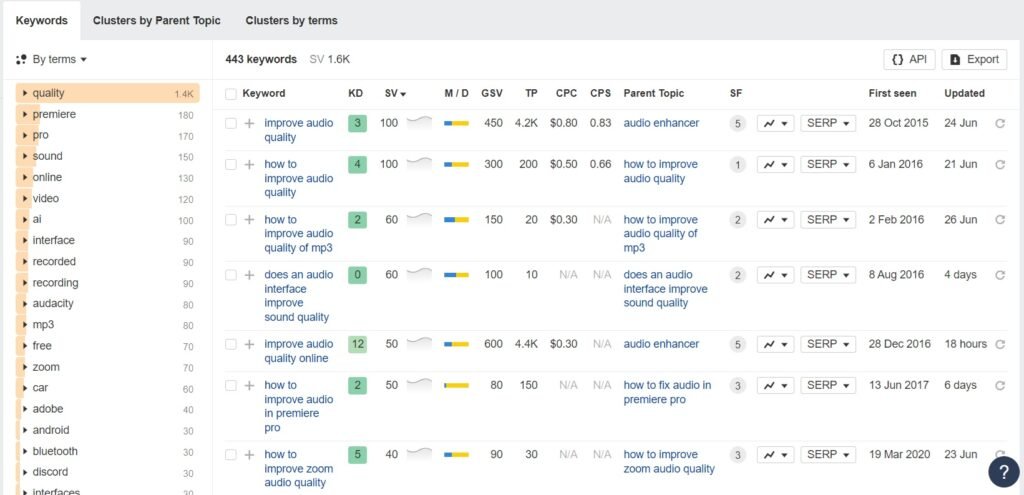
Use keyword research tools like Ahrefs, SEMrush, or Moz to find relevant keywords and understand search trends.
These tools help you identify high-volume and low-competition keywords, guiding your content creation and optimization strategy.
Content Optimization Tools

Use content optimization tools like Yoast SEO, Clearscope, or Surfer SEO to enhance readability, keyword usage, and overall content quality.
These tools provide actionable recommendations for improving your blog posts and ensuring they meet current SEO best practices.
Measuring the Success of Your Optimization

No SEO content strategy is complete without proper monitoring. Follow this tips to ensure you optimizations can be tracked, adjusted, and measured correctly.
Tracking SEO Metrics
Monitor key SEO metrics such as organic traffic, bounce rate, and average session duration. These metrics help you understand how well your content is performing and identify areas for improvement.
Regularly track these metrics to assess the effectiveness of your optimization efforts.
Analyzing Traffic and Engagement
Analyze traffic sources and user engagement to gain insights into how visitors interact with your content.
Look at metrics like page views, time on page, and conversion rates. Use this data to refine your content strategy and improve future blog posts.
Continuous Improvement and Re-Auditing
SEO is an ongoing process. Regularly re-audit your blog posts to ensure they remain optimized and relevant.
Continuous improvement helps maintain high standards and adapt to changing SEO trends, ensuring your content continues to perform well.
Final Tips for Blog Post Audits and Optimization
Consistently apply SEO best practices, monitor performance metrics, and make necessary adjustments.
Stay updated with SEO trends and continuously improve your content for sustained success. By maintaining a regular audit and optimization routine, you can ensure your blog posts remain competitive and valuable to your audience.


